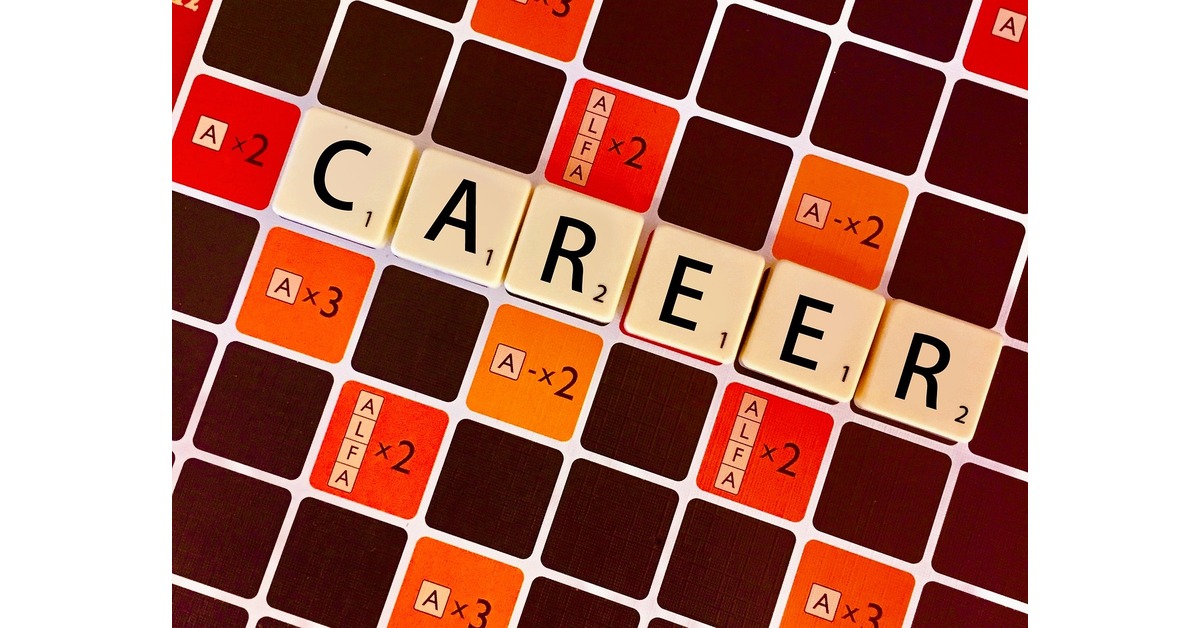Crossword puzzles are a beloved pastime for many, offering a mix of trivia, vocabulary, and lateral thinking. Among the myriad clues that puzzle enthusiasts encounter, “Small Change in Party Parity nyt Crossword” from the New York Times Crossword has piqued interest and sparked discussions.
Understanding the Clue
At first glance, “Small Change in Party Parity nyt Crossword” might seem cryptic. However, crossword clues often rely on wordplay, puns, and double meanings. The clue consists of two parts:
Small Change
This phrase can refer to minor modifications or adjustments. In the context of currency, “small change” usually denotes coins, particularly those of low denominations.
Party Parity
This phrase likely refers to the balance or equality between political parties, especially in a system where two parties dominate. The term “parity” denotes a state of being equal or equivalent, which can apply to various contexts, including finance and politics.
Decoding the Clue
The combination of these two phrases suggests a clever play on words. In crossword puzzles, the answer often involves synonyms or related terms. For “Small Change in Party Parity nyt Crossword,” one potential solution that fits the criteria is “Penny.”
Penny
A penny represents a small denomination of currency, thus fulfilling the “small change” aspect of the clue. Additionally, it can relate to “party parity” by highlighting the notion that even small amounts or changes can affect a balance, particularly in a political context.
The Role of Party Parity in Political Systems
To fully appreciate the significance of “party parity,” it’s essential to understand its role in political systems. Party parity typically refers to the relative strength and influence of political parties within a government or legislative body. Here’s how it impacts various aspects:
Legislative Balance
In a democracy, a balanced representation between two major parties can promote healthy debate and prevent any single party from monopolizing power. When party parity is maintained, the legislation is more likely to reflect diverse viewpoints, leading to comprehensive policies that consider various interests.
Voter Engagement
When voters perceive that their party has a fair chance of winning elections, they are more likely to engage in the political process. This engagement is vital for a functioning democracy, as it ensures that elected representatives are accountable to their constituents.
Coalition Building
In instances where no party holds a clear majority, party parity can lead to coalition-building. This situation requires parties to collaborate and negotiate, often resulting in more inclusive governance. While this can be challenging, it also allows for a broader range of perspectives to be considered in policymaking.
Historical Context of Party Parity in the U.S.
The concept of party parity has evolved significantly in the United States, particularly over the last century. Here are a few key moments:
The Two-Party System
The U.S. operates primarily under a two-party system, dominated by the Democratic and Republican parties. While there have been third-party movements, the structural features of the electoral system often make it difficult for them to achieve parity with the two major parties.
Recent Trends in Polarization
In recent decades, American politics has witnessed increasing polarization. The decline in party parity has led to an environment where compromise becomes more challenging. This polarization can manifest in extreme partisanship, reducing the chances for bipartisan efforts.
The Impact of Technology
The rise of social media and online platforms has also influenced party parity. While these technologies can enhance political engagement, they can also contribute to echo chambers, where individuals only interact with like-minded individuals, further entrenching divisions.
Tips for Solving Crossword Clues Like “Small Change in Party Parity”
Solving crossword puzzles requires a mix of knowledge, strategy, and creativity. Here are some tips to enhance your crossword-solving skills, particularly for clues like “Small Change in Party Parity”:
Break Down the Clue
As demonstrated earlier, breaking the clue into manageable parts can help you decode its meaning. Analyze each component separately and consider synonyms or related terms.
Think Laterally
Crossword clues often employ puns, homophones, or other forms of wordplay. Think outside the box and consider different meanings or associations with the words in the clue.
Consider Context
If you’re working on a themed crossword or a puzzle from a specific publication, consider the context. Clues may reflect cultural references, current events, or specific jargon relevant to the publication.
Use Cross-Referencing
Cross-referencing with other answers in the puzzle can provide valuable hints. If you have a letter or two already filled in, think about how they might fit with potential answers for the current clue.
Practice Regularly
Like any skill, practice is key. The more crosswords you solve, the more familiar you’ll become with common clues, wordplay, and strategies.
Conclusion
“Small Change in Party Parity” is more than just a crossword clue; it encapsulates themes of balance, representation, and the nuances of political dynamics. By understanding the significance of party parity and honing your crossword-solving skills, you can approach such puzzles with confidence and creativity. Whether you’re a seasoned crossword enthusiast or a newcomer, each puzzle offers an opportunity to expand your knowledge and engage with the world in a fun and challenging way.
